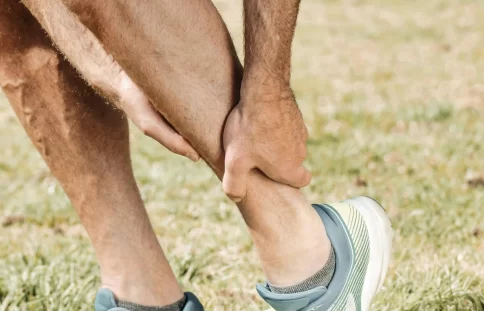Stiffness Isn’t About Age — It’s About Inactivity
We often associate stiffness with aging. “Old and stiff” feels like a natural pairing. Our tissues do dehydrate more as we age but stiffness really begins when we stop moving.
This stiffness usually shows up in tissues responsible designed for our core stability, so tissues in our lower back, hips and shoulders.
For example, at the lower back we have the thoracolumbar fascia, a thick collagen rich sheet of connective tissue that wraps around your torso like a three-layered corset. This complex matrix of fascia connects your spine, pelvis, and legs. The fascia consists of collagen, rope like fibres that bind where load bearing and stability are required.
When we move consistently, fluids circulate and the tissues stay hydrated and mobile. When we become more sedentary, these tissues become less supple and more densely packed with collagen fibres and this is when stiffness becomes an issue.
Not necessarily because we are older but because we are not working our edges anymore so our range of movement decreases over time.
The good news is that this is preventable and reversible. With the right knowledge and regular movement practices we can maintain stability, mobility and function well into old age!

